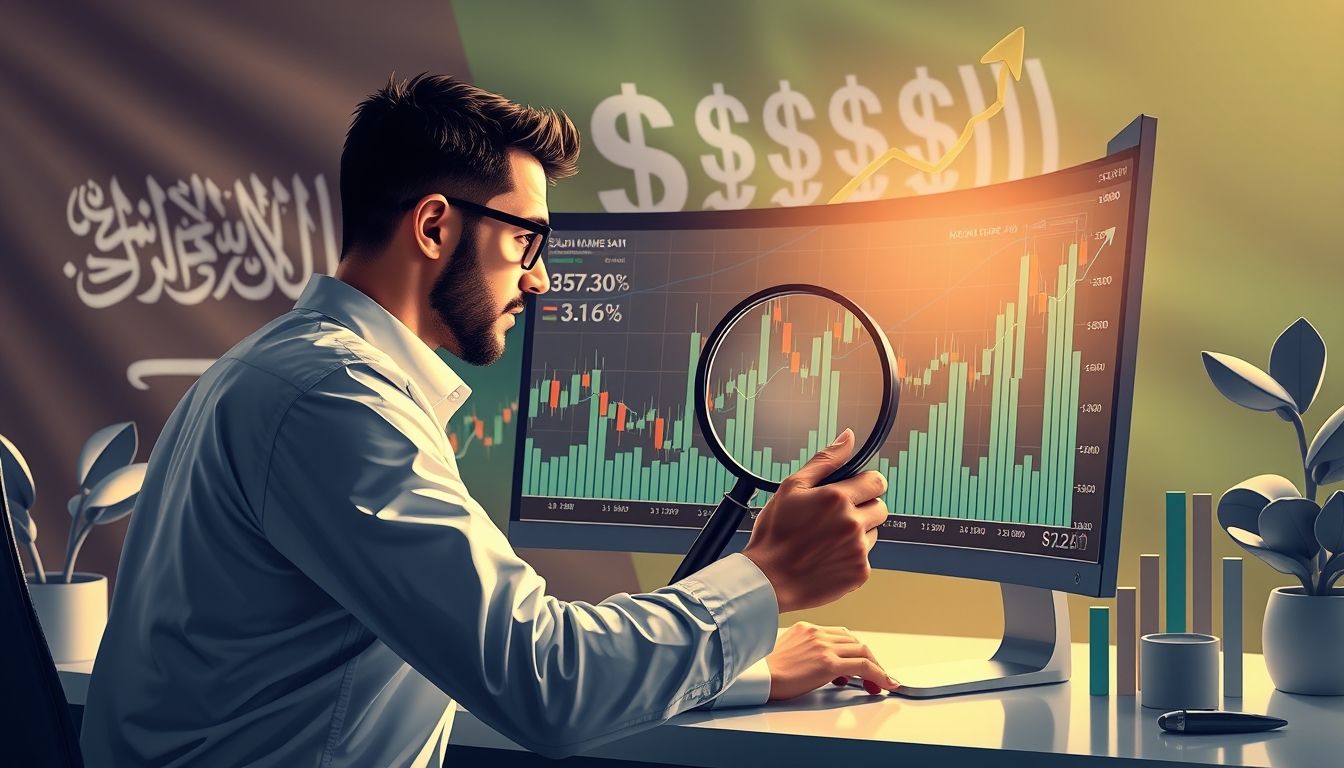Introduction to Margin Trading: What is it and How Does it Work?
Margin trading, or leverage, is a mechanism that allows traders to open positions larger than their actual capital by borrowing funds from the broker. This means you can control a $10,000 position with only $1,000 of your own capital, using a 10:1 margin. This mechanism increases the potential for significant profits, but it also increases the risk of losses by the same proportion.
How Margin Trading Works: An Illustrative Example
Let's say you want to buy shares of a company worth $5,000. Instead of paying the full amount, you can use margin. If the required margin is 20%, you only need to pay $1,000 (20% of $5,000). The broker will lend you the remaining amount ($4,000). If the stock price rises by 10%, you will earn $500 (10% of $5,000), which is a 50% return on your initial investment ($1,000). However, if the stock price falls by 10%, you will lose $500, which is a 50% loss on your initial investment.
Different Types of Margin
There are different types of margin, including:
- Initial Margin: The minimum amount of capital required to open a margin position.
- Maintenance Margin: The minimum amount of capital that must be maintained in your account to keep the position open. If your account balance falls below the maintenance margin, the broker may ask you to deposit more funds (margin call) or close the position automatically.
- Margin Call: Occurs when your account balance falls below the maintenance margin, forcing you to deposit more funds or close the position.
Advantages of Margin Trading
Margin trading offers several advantages, including:
- Amplified Potential Profits: Using margin can significantly amplify profits.
- Increased Purchasing Power: Allows you to control larger positions with less capital.
- Portfolio Diversification: You can use margin to diversify your investment portfolio by investing in a variety of assets.
- Taking Advantage of Short-Term Opportunities: Margin can be useful for taking advantage of short-term price movements.
Risks of Margin Trading
Despite the potential benefits, margin trading involves significant risks, including:
- Amplified Potential Losses: Just as margin amplifies profits, it also amplifies losses.
- Margin Call: If your account balance falls below the maintenance margin, the broker may ask you to deposit more funds or close the position at a loss.
- Risk of Bankruptcy: If you cannot meet the margin call, you may lose all the money in your account.
- Fees and Interest: Brokers often charge fees and interest on borrowed funds, which reduces your potential profits.
Risk Management in Margin Trading
Risk management is crucial when trading on margin. Here are some tips:
- Use Stop-Loss Orders: Stop-loss orders can limit your potential losses by automatically closing the position if the price reaches a certain level.
- Do Not Use Excessive Margin: Avoid using excessive margin, as this increases the risk of large losses.
- Monitor Your Account Regularly: Monitor your account balance regularly and make sure it stays above the maintenance margin.
- Understand the Terms and Conditions of the Margin Agreement: Make sure you fully understand the terms and conditions of your margin agreement.
- Start with a Small Amount: If you are new to margin trading, start with a small amount of capital until you gain experience.
Real-World Examples from the Arab and Global Markets
Example from the Arab Market: In the Saudi market, during periods of high volatility, we have seen many traders who used margin excessively and lost significant amounts due to fluctuations in oil prices and stocks. This illustrates the importance of risk management and the use of stop-loss orders.
Example from the Global Market: During the 2008 mortgage crisis, many financial institutions used excessive leverage, which significantly amplified their losses and contributed to the global financial crisis.
Margin Trading in Cryptocurrencies
Margin trading in cryptocurrencies carries additional risks due to the high volatility in these markets. Traders should be fully aware of these risks and use appropriate risk management tools.
The Difference Between Margin Trading and Traditional Investing
Traditional investing involves buying assets with your own capital, while margin trading involves borrowing funds to increase the size of the position. This increases potential profits but also increases risks.
Conclusion: Trade on Margin with Caution
Margin trading can be a powerful tool for increasing profits, but it carries significant risks. Traders must understand its mechanics and risks and manage risks carefully before starting margin trading. Always remember that margin trading is not suitable for everyone, and you should consult a financial advisor before making any investment decisions.



